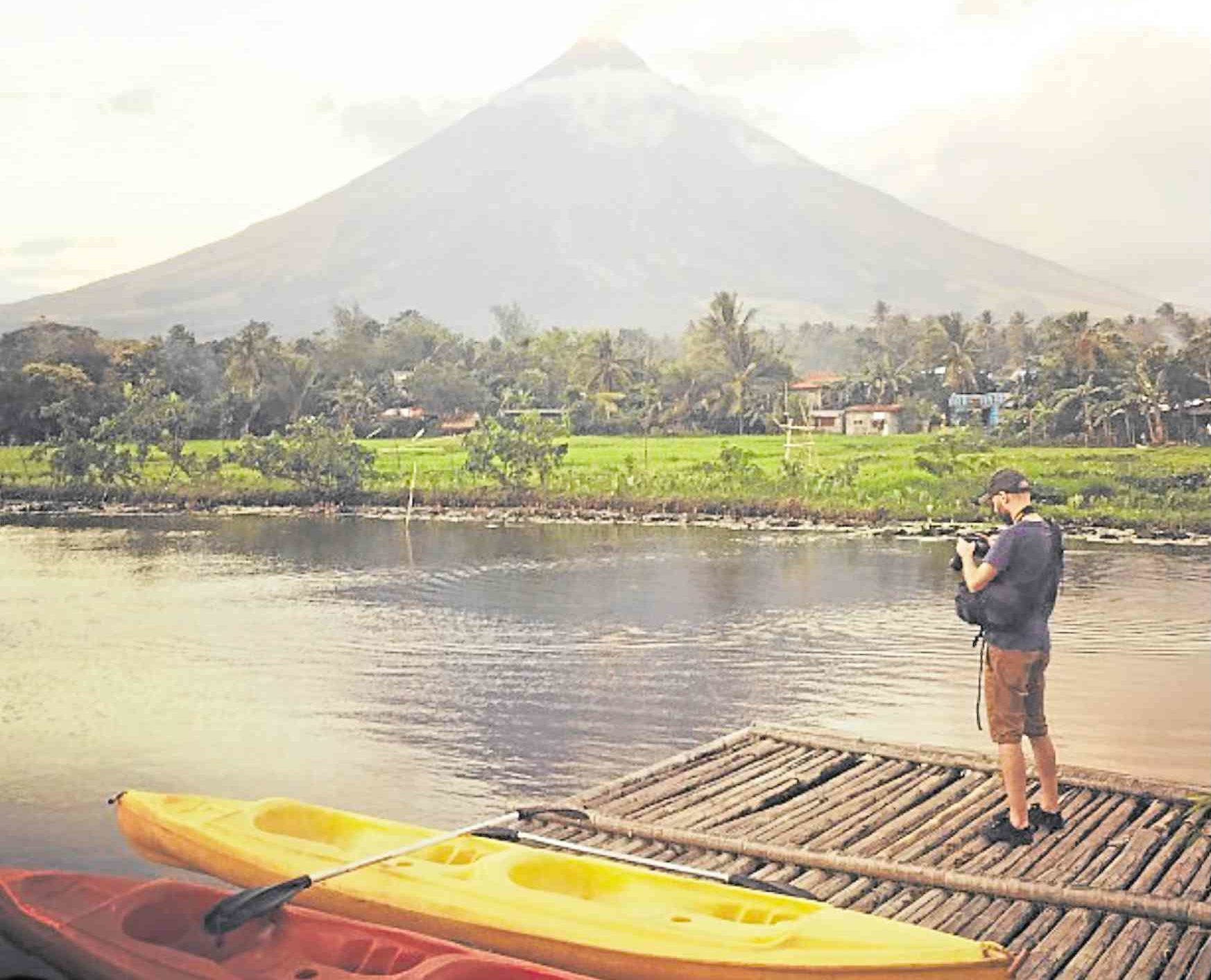
The University of Santo Tomas Graduate School (USTGS) and the United States Embassy in Manila through its Ambassador’s Fund for Cultural Preservation recently held a capacity-building seminar on safeguarding intangible cultural heritage (ICH).
The event was done in collaboration with the USTGS-Center for Cultural Property and Environment in the Tropics (CCCPET) and the Center for Continuing Professional Education (CCPED) of UST Aquinas in Legazpi City.
CCPED director Jocelyn Agcaoili said the program was a “specialized capacity-building workshop” for cultural workers. It sought to develop technical specialists in the heritage sector, she added.
Agcaoili said the objective was to develop a plan on safeguarding and preserving intangible cultural heritage in various parts of the country.
CCPET director Eric Zerrudo meanwhile explained this was the first in-depth seminar-workshop on the safeguarding of ICH. He added actual case studies were presented on the inabel of Ilocos by Al Valenciano, the White Russian Memory Project by Kinna Kwan, and traditional arts in fine arts education by Cynthia Loza.
Other case studies presented were the Cordillera tattoo practices by Analyn Salvador-Amores, Mangyan languages documentation in Mindoro by Louward Zubiri, Bohol ICH programs by Lutgardo Labad, and damili pottery tradition of San Nicolas, Ilocos Norte by Mayor Alfredo Valdes.
Intellectual property rights were discussed by Michael Peralta of the UST research and innovation office.
Participants composed of municipal or city tourism officers, teachers and cultural workers were given the tasks to document and identify safeguarding measures on ICH properties in Albay: pottery in Tiwi, tabak making in Tabaco, abaca weaving and pinangat making in Camalig, and the pantomina dance.
Mizpah Sunshine Ming of T’boli, South Cotabato said the event made her realize the gargantuan task of documenting her cultural community’s intangible cultural heritage as well as the importance of education and raising awareness on the need to preserve cultural heritage.
Ming said it was important that children get acquainted their cultural values, beliefs, and forms of expressions.